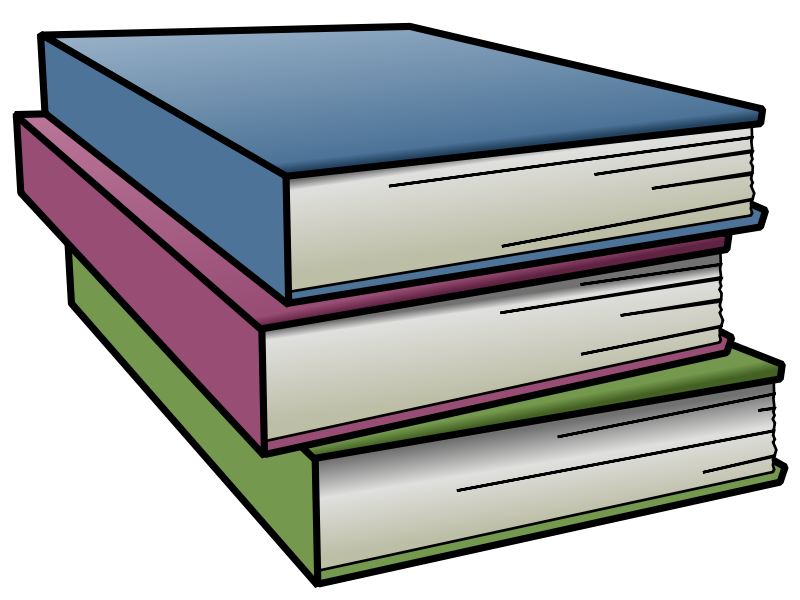 |
| http://www.freestockphotos.biz/stockphoto/14378 |
Castle, S. 2015. New York Times[Internet]. Britian Set to Approve Technique to Create Babies from 3 People. 2015 Sept 13. Available at http://www.nytimes.com/2015/02/04/world/europe/britain-nears-approval-of-fertilization-technique-that-combines-dna-of-three-people.html?_r=0.
This article is written to discuss the ethics of having a baby with three parents. The takeaway here is regardless of the ethical concern, there is a concern with the child's genetic makeup and how they would pass genes down the road. This would be added to my quick reference guide along with the video about the same topic, used to express the growing concern about this field.
Doudna, J. 2015. UC Berkeley/ HHMI [Internet]. Youtube.com. [Cited 2015 Sept 13]. Available from: https://www.youtube.com/watch?v=SuAxDVBt7kQ.
This video was produced to explain the origin and use of the CRISPR/CAS9 system for human gene editing. The audience of this video is anyone interested in how this technique was developed and the takeaway is, science always finds nature's crazy way of solving issues. I will use this as an explanation on how gene editing in children could in fact work.
Elboughdady I, Stein BE, Hassanzadeh H, An HS. 2015. Controversies and potential risk of mesenchymal stem cell application. Seminars in Spine Surgery 27(2):103-106. ScienceDirect. <http://www.sciencedirect.com/science/article/pii/S1040738315000398>. 4 September 2015.
This article was written to discuss the potential harmful and hurtful effects of mesenchymal stem cells. The audience is anyone looking for research and the purpose is to inform the reader. The methods used were analysis of past data. The takeaway form this article is how controversial this field still is. We are still researching the potential risks and benefits, even though this debate is almost a decade old. I will use this article to look at both sides of the debate over stem cell applications.
Fox news. Twitter post. 2015. Girl Donates Stem Cells To Save Brother. foxnews,com. <https://twitter.com/FOX29philly?ref_src=twsrc%5Egoogle%7Ctwcamp%5Eserp%7Ctwgr%5Eauthor> 5 September 2015.
This article was written to highlight the bravery of a five year old girl.The purpose of this article was to share a story of bravery, and no study was conducted. The takeaway here is that stem cells are in fact useful in saving lives. This is not science fiction, and is happening in our backyard. I will use this as a 'success story' for the positive use of stem cell technology.
Katoch VM. 2015. VSELs, stem cells, or progenitors- a debate. Indian Journal of Medical Research 141(2):154. National Center for Biotechnology Information. <http://www.ncbi.nlm.nih.gov/pmc/articles/PMC4418151/>. 4 September 2015.
This article was written to discuss the usage of VSELs and other stem cells in research. The purpose is to highlight one doctors opinion, through data analysis. The takeaway here is that we are still researching all aspects of stem cell biology, and have disagreements about them throughout science. I will include this in the description of stem cells, to help the reader understand what I am discussing.
Knoepfler P. Twitter post. 2015. 5 Thought Provoking #science books.... Twitter.com. <https://twitter.com/pknoepfler?ref_src=twsrc%5Egoogle%7Ctwcamp%5Eserp%7Ctwgr%5Eauthor>. 5 September 2015.
This article was written to draw attention to the authors newly published book about designer babies. The purpose could be to make money off of a publication. All research was done in a university lab, utilizing different labs. The takeaway here is research is still being done, so we know this field is still growing, making it interesting to anyone studying MCB. I will use it to help underline the difference between helpful and harmful applications of stem cells.
Stein R. 2015. Critics Lash Out At Chinese Who Edited DNA In Human Embryo. Shots, Health News From NPR. <http://www.npr.org/sections/health-shots/2015/04/23/401655818/critics-lash-out-at-chinese-scientists-who-edited-dna-in-human-embryos> 4 September 2015.
This article was written to highlight the horrors of genetic modification of embryos. The purpose was to inform the public of new modification techniques, and no methods were used. The takeaway from this article is we need to be careful what we do with our scientific approaches. I will use this article to discuss applications of stem cell biology.
streetlight. 2015. Germline Engineering Could Lead to Designer Babies and Super Strength. [accessed 2015 Sept 13]. http://motherboard.vice.com/read/germline-engineering.
This article is written to highlight the dangers of genetically engineering children, as it causes a lot of concern for future generations. The takeaway here is that we have no clue what our impact on our posterity is as we edit our children. Will some horrible mutation spring out of this? No research methods were used, other than collecting data from other sources. I will use this article to highlight the negative side of this argument.
Tsiyonut times. 2012. Aljazeera, Inside Story [Internet]. Youtube.com; September 13 2015. Available from: https://www.youtube.com/watch?v=66kNOlwOcPI.
This video provides insight onto the research and bioethics of genetic modification of embryos. The purpose of this video is to discuss both sides of the argument. In this case, the argument is whether or not it is ethical to raise a kid with three parents. The takeaway from this video is that no matter what we do in science, we need to consider the ethics of the outcome. Polling was used as a method and talking to experts. I will use this to discuss one technique that we have created for engineering babies, and discuss both the positives and negatives of this idea.
Zolfagharifard E, Gray R, Spencer B. Scientists Genetically Modify Human Embryos For The First Time: Controversial Technique Could Lead To Designer Babies. DailyNews.com <http://www.dailymail.co.uk/sciencetech/article-3051365/Scientists-tweak-genes-human-embryos-time-Controversial-technique-lead-designer-babies.html>. 4 September 2015.
This article was written to discuss a new way to edit the human genome. This article is like the NPR article, it is a tool to inform the public. No research information is being used. The audience of this article is anyone interested in shocking science stories. The takeaway from this article is that there can be harm in scientific breakthoughs. I plan on using this article to highlight the dangers of stem cell research.
No comments:
Post a Comment